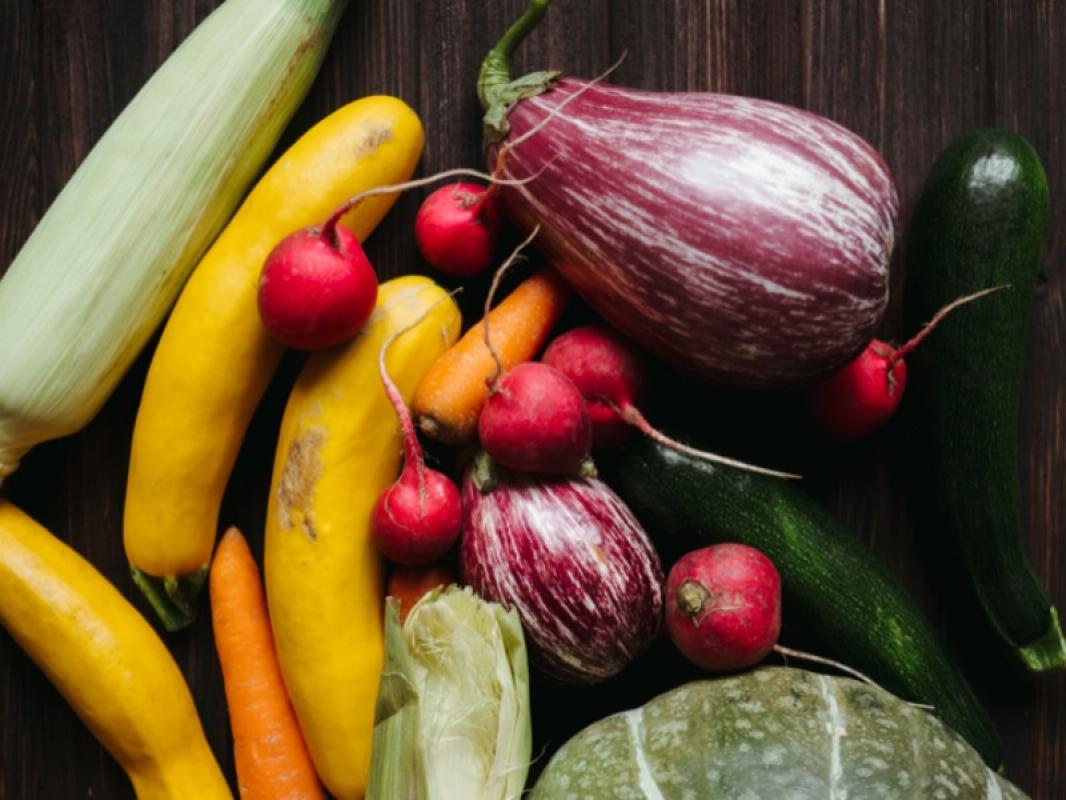Farm-to-table as a movement began in the US after the 1970s, responding to the American diet that had shifted to highly processed food products after new developments in food processing and urbanized lifestyle. In the 1960s, new conscience surrounding food arose, along with widespread cultural and environmental movements, resulting among others in the farm-to-table approach by dining establishments. It has gradually also inspired a marked shift in consumption to a healthier and more ethical lifestyle everywhere.
In Southeast Asia, where the traditional diet has long consisted of abundant local materials and ingredients, farm-to-table as a concept is not completely new. But with increasing urbanisation, this region has also seen an increase in processed foods and sourcing of foods outside the local area. Hence, when restaurants and institutions in SE Asia started to embrace the inspiration to practice farm-to-table, consumers readily accepted the approach.
Rather than a global food system, characterized by long, complicated supply chains consisting of geographically distant sources of food, farm-to-table tries to advance local economies and communities while encouraging sustainable practices. In practice, it promotes local food or locally-sourced materials, often natural and organic, instead of imported or processed alternatives. It involves direct acquisition from producers in which restaurants and other institutions build close relationships with communities of farming, fishery, brewery, etc., demonstrating food traceability, where consumers can identify the origin of the food.
Farm-to-table incorporates four aspects in its practice:1
- Food security: Increasing food security for each community that plays a role in the regional food supply chain or system.
- Proximity: Decreasing the physical distance and improving the relationships between food system stakeholders to reduce the environmental impact of food transportation.
- Self-reliance: Encouraging communities to meet their own food supply needs as much as possible.
- Sustainability: Creating food systems that do not compromise future self-reliance through ethical labor practices, community upliftment, and environmental conservation.
In Indonesia, restaurants inspired by the farm-to-table movement can be found in major cities such as Bandung, and the Gianyar and Badung regencies of Bali. The Bale of Bandung, for example, takes great advantage of the local produce, such as mustard greens, beans, tomatoes, and chicken, of the Maribaya upland where it is located. Well-known as a family-oriented establishment, this restaurant popularizes organic and healthy produce while providing a refreshing escape from the bustling Bandung and Jakarta.
In Bali, a resort called Buahan runs a restaurant that celebrates ancient local recipes while focusing on a sustainable approach by selecting small local suppliers and using local ingredients from its own farm. It even invites guests to forage in its surrounding area, boasting one of the most fertile villages blessed with year-round rainfall and wild plants in the island. Operating an open kitchen, where customers can watch the kitchen staff cook and prepare meals, Buahan works with Agency X, a local consultant, to create a zero-waste and predominantly plant-based menu originating from the Balinese tradition of well-being attainment.
Another establishment, Salad Stop in Jakarta—a part of a food chain also operating in Singapore, Philippines, Hong Kong, Japan, Spain, Korea, Vietnam, and Malaysia—emphasizes that its every ingredient takes less than 72 hours from earth to bowl, from verified partners in each of its local networks, such as farms in Bogor, to raise food transparency and to source ever more responsibly.
Meanwhile, in Thailand, the one-star Michelin fine-dining restaurant, Canvas, in Bangkok, serves menus of cuisine as an exhibition of local ingredients and techniques as a way to celebrate color and flavor in food using seasonal ingredients available in Thailand. Canvas changes its menu every six months to keep on innovating with various local ingredients sourced from quality-focused farmers or foraged items while conducting constant research and testing.
Taking cues from farm-to-table, Go Fresh in Phuket, Thailand, applies farm-to-plate to provide accessible, affordable, and nutritious meal options through dine-in or delivery. Building an informed community of consumers and supporting local growers and producers, Go Fresh grows some of its own produce to serve directly to them and invites them to see where it’s grown at the establishment’s dine-in location.
All this development of farm-to-table and its offshoots have been embraced by consumers since it means that they have more healthy options for a dining experience while practicing ethical consumption. Southeast Asia has a rich, age-old culinary wisdom in every part of its region, including foraging, seasonal harvesting, and other various natural sourcing, with untapped immense potential to grow its F & B industry toward a more creative and sustainable path. With demands for organic products of guaranteed provenance have emerged more prominently, as the fast-paced urban lifestyle often deprived city dwellers of the much-needed connection with the fresh, natural world, it seems that farm-to-table will only flourish in the future.


